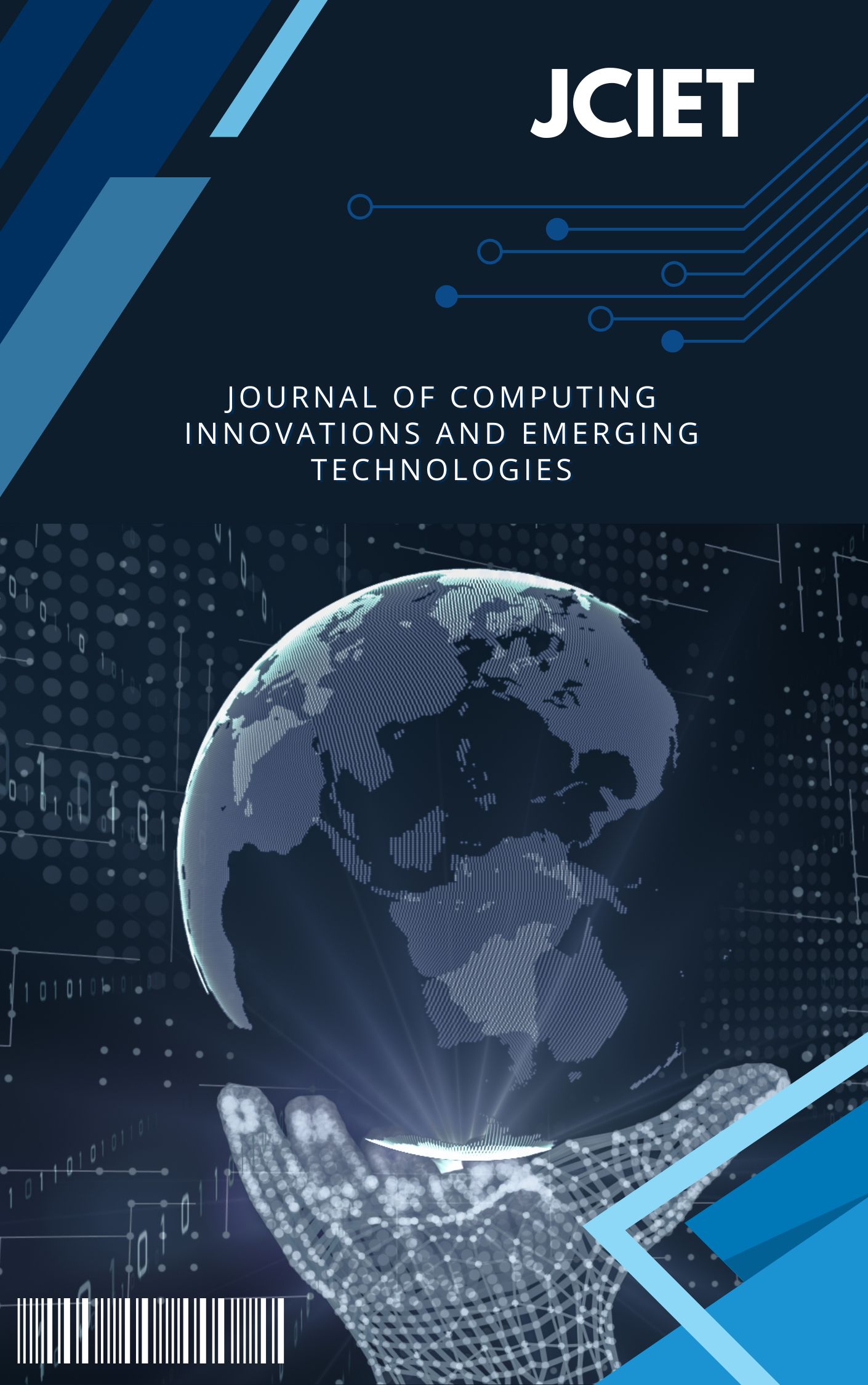Anomaly Detection of Road Ranking Shifts Due to Traffic Accidents Using Deep Learning on Time Series Data
DOI:
https://doi.org/10.64472/jciet.v1i1.5Keywords:
Anomaly detection, LSTM autoencoder, road ranking, traffic accidents, intelligent transportation systemsAbstract
This study developed an anomaly detection model based on Long Short-Term Memory (LSTM) autoencoders to identify abnormal shifts in road ranking scores caused by traffic accidents in Magelang, Indonesia. Road rankings were derived from time-series data of traffic indicators collected between 2015 and 2020, including volume-to-capacity ratios, heavy vehicle proportions, and average speed. The model was trained on non-accident data to learn normal traffic behavior and subsequently detect deviations. Anomalies were identified when reconstruction errors exceeded statistically defined thresholds and were evaluated against verified accident records. The model achieved a precision of 82%, recall of 75%, and an AUC-ROC of 0.87, demonstrating strong performance in detecting significant disruptions, particularly severe accidents involving fatalities or serious injuries. Analysis showed that detected anomalies were concentrated on high-risk roads and during peak traffic hours. These findings highlight the potential of LSTM-based models for integration into intelligent transportation systems to support real-time accident detection and proactive traffic management in developing urban environments.
Downloads
Published
Issue
Section
License
Copyright (c) 2025 Adita Utami, Novi Trisman Hadi, M.Kom (Author)

This work is licensed under a Creative Commons Attribution 4.0 International License.
PROPOSED POLICY FOR JOURNALS OFFERING OPEN ACCESS
The following conditions must be fulfilled by the Authors:
-
Copyright and Licensing
Authors retain copyright and grant the journal the right of first publication with the work simultaneously licensed under a Creative Commons Attribution License that allows others to share the work with an acknowledgment of the work’s authorship and initial publication in this journal. -
Non-Exclusive Distribution
Authors may enter into separate, additional contractual arrangements for the non-exclusive distribution of the journal’s published version of the work (e.g., posting it to an institutional repository or publishing it in a book), with an acknowledgment of its initial publication in this journal. -
Online Posting and Early Sharing
Authors are permitted and encouraged to post their work online (e.g., in institutional repositories or on their personal websites) prior to and during the submission process, as this can lead to productive exchanges, as well as earlier and increased citation of the published work. (See The Effect of Open Access).







